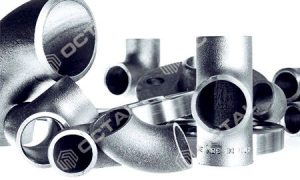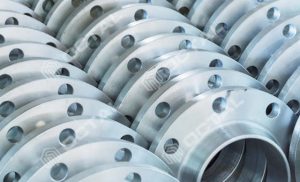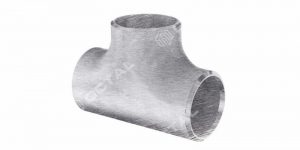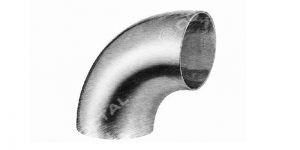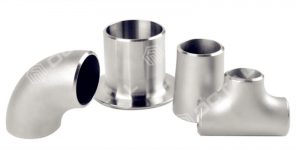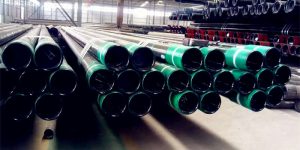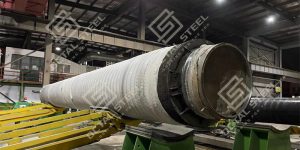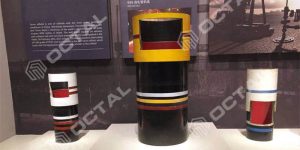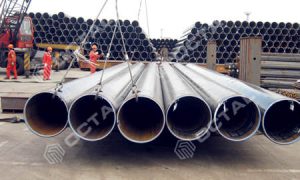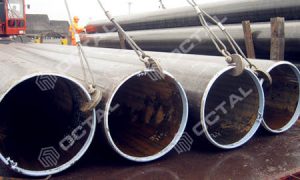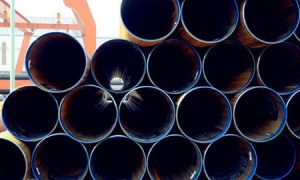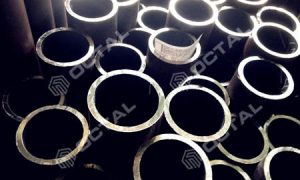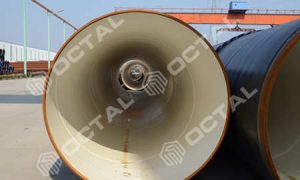Socket Weld Fittings Types and Applications – Completely Specification
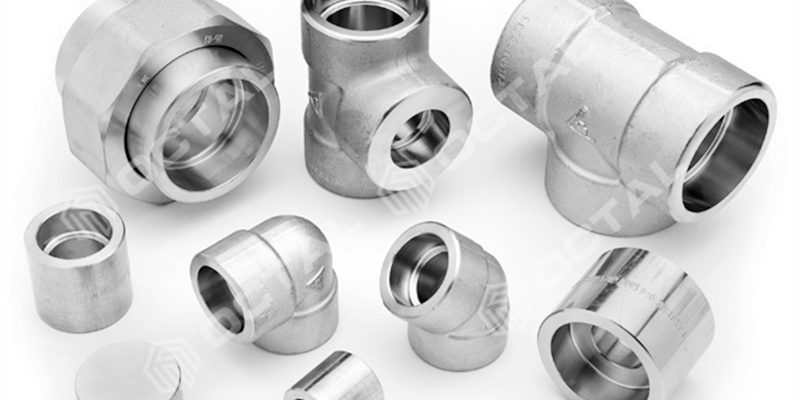
As we know there are four connecting types for the pipe fittings: Socket weld, butt weld, threaded, and flanged.
In terms of steel pipe fittings for pipeline projects, socket weld fittings and butt weld fittings are two popular options.
At Octal Steel, socket weld pipe fittings are engineered as essential components for high-pressure piping networks where failure is not an option. Compared with threaded connections, which are prone to leakage under vibration or thermal cycling, socket weld fittings provide a metallurgically bonded joint through fillet welding, combining high mechanical strength with long-term leak resistance. The principle is straightforward yet effective: the pipe end is inserted into a recessed socket with an appropriate expansion gap, ensuring stress distribution and minimizing fatigue risk. This design not only extends service life but also enhances system reliability in demanding industrial applications.
Manufactured in accordance with ASME B16.11, our socket weld fittings cover pressure classes 3000, 6000, and 9000, and are typically used for nominal pipe sizes up to NPS 2. With smooth internal bores that reduce turbulence and pressure loss, they deliver both mechanical integrity and hydraulic efficiency. For decades, industries such as oil and gas, petrochemicals, power generation, and offshore engineering have relied on socket weld fittings as indispensable building blocks for safe, high-performance facilities. At Octal Steel, every product is subject to strict material selection, heat treatment, and non-destructive testing to ensure full compliance with global standards
What is Socket Weld Pipe Fittings
A socket weld fitting is a type of pipe attachment detail where the pipe is inserted into a recessed area of a fitting, valve, or flange. To join the pipes or valves to other sections of the pipe, fillet-type seal welds are applied. Socket weld fittings are a good choice in certain cases due to their advantages of strong structural strength and high leakage integrity. These factors are important considerations when designing a pipeline project.
As below picture you can see the shape of 90 degree of socket weld elbow:
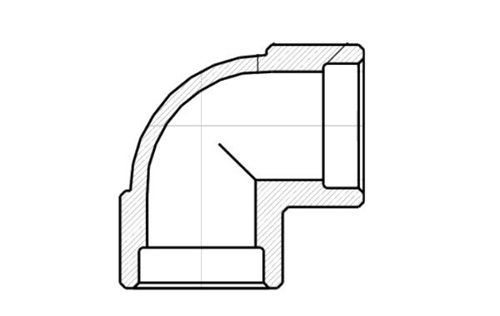
How to describe socket weld pipe fittings dimensions correctly
When placing a request for socket weld fittings, it is important to specify the OD (outside diameter) dimensions and the pressure requirements (or thickness schedule). Socket weld fittings have pressure ratings that are typically expressed in class 3000, class 6000, and class 9000.
Socket weld pipe fittings are usually simplified as SW pipe fittings, so you will see some descriptions like SW elbow, SW tees, SW couplings etc.
Usage about socket weld fittings
Due to their high-pressure capabilities, socket weld fittings are commonly used in a wide range of industrial processes.
• Socket weld pipe fittings, such as elbows, tees, and reducers, can be used in pipelines to convey toxic, flammable, or expensive materials where leakage is not acceptable.
• Used in conjunction with ASME pipes to facilitate changes in dimensions.
• Applied in situations where the pipe work is considered to be permanent. They are designed in a way that provides good flow characteristics.
• Manufactured in accordance with ASTM A234 standards and can also confirm to ASME B16.11. This is a standard that covers dimensions, pressure-temperature ratings, marking, tolerances, and requirements for materials for carbon steel and forged carbon. In terms of acceptable material forms, they include bars, forgings, seamless tubes, and seamless pipes which conform to the requirements of fittings chemicals, mechanical property, and practices.
Socket weld pipe fittings types
Similar to butt weld fittings, socket weld fittings are available in various material types, including stainless steel, carbon steel, and alloy steel. These fittings are used in a wide range of applications and include socket weld elbows, socket weld tees, reducing tees, reducers, couplings, and socket weld flanges, among others.
Unit Weight in KG for SW fittings – Comply with ASME B16.11
Socket weld Couplings
• Full-coupling
This pipe can join two pipes or to a nipple.
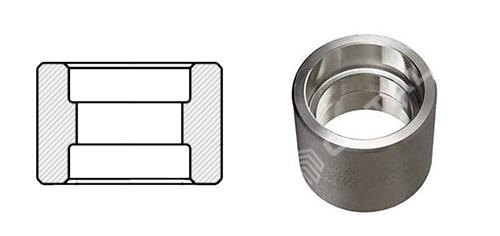
• Half-coupling
This can be directly welded to the run pipe in order to make a branch connection.
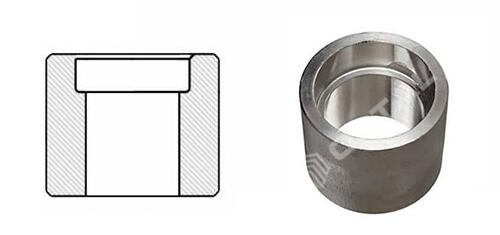
• Reducing coupling
It helps to join two different outside diameters of a pipe.
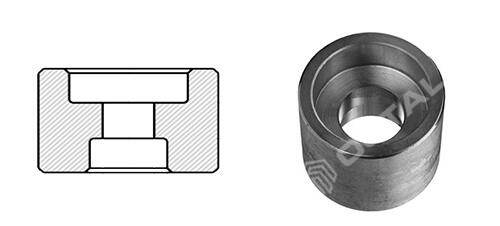
• Reducer insert
These have been manufactured according to MSS SP-79. It helps to enable economic and quick combinations of pipeline reductions. As such, these can be made by using standard socket weld fittings.
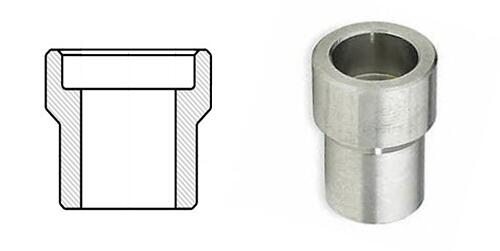
Socket weld Union
A union is a type of screwed joint consisting of three interconnected pieces. It comprises two internal threads and a centerpiece that draws the ends together when rotated. Therefore, it is important to tightly screw the unions before welding the ends together. This helps minimize seat warping.
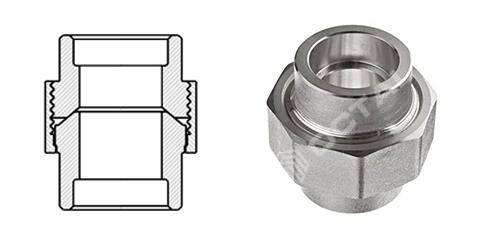
Socket weld Elbow
Socket weld elbows, also known as SW elbows, come in two types: 45 degrees and 90 degrees. They are manufactured through forging processes and are available in both long radius (LR) and short radius (SR) models. The LR model has a radius of 1.5 times the outer diameter (OD), while the SR model has a radius of 1 times the OD. Socket weld elbows are commonly used in pipelines to change the direction of fluid flow.
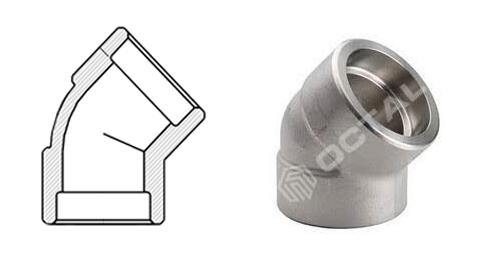
Socket weld Tee (SW Tee)
Tee Straight and Reducing Tee
A socket weld reducing tee is used to create a 90-degree branch from the main run of a pipe. It has a smaller diameter branch that connects to the smaller pipe branch.
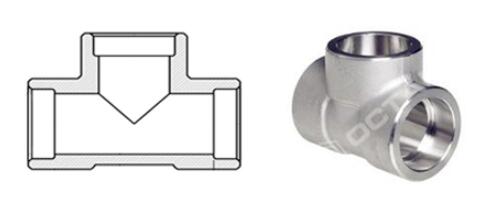
Sockolet
A sockolet (a combination of “sock” and “olet”) is a type of socket weld pipe fitting that serves the same purpose as a weldolet or threadolet. It is used to weld a smaller diameter pipe into a larger diameter pipe body. However, what sets sockolets apart is the unique socket they have, which is located inside the olet. This socket provides a secure 90-degree turn and higher strength to handle high pressures. The bore of the sockolet is connected to the outlet bore, while the counter bore spans the outer diameter (OD) of the outlet to support the pipe seated on the socket, ensuring stable installation and welding strength. Like other socket pipe fittings, sockolets are available in pressure ranges of 3000#, 6000#, and 9000#.
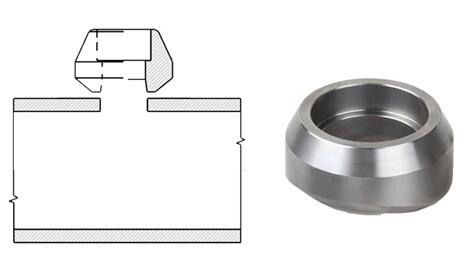
SW Cross
The Cross can also help to make a 90-degree branch from the main run of the pipe.
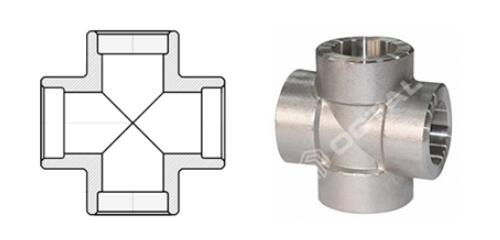
SW Cap
Cap is the end cap. It is used to seal the end of the pipe.
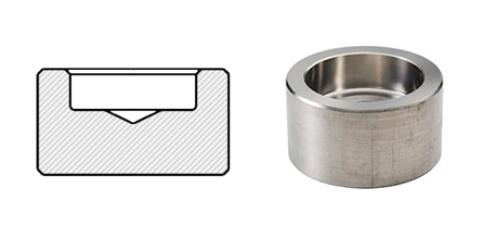
Socket Weld Flange – Another SW fittings
Socket weld flanges (SW flanges) are typically used for smaller pipes that have high pressure requirements. The flange has a specific shape that includes a recessed shoulder on the inner bore. This shoulder allows the pipe to be inserted correctly, after which welding is done to connect the pipes and flanges. This welding structure ensures a smooth bore and efficient transmission of liquids in the pipelines.
SW flanges includes RF (Raised Face), FF (Flat Face) or RTJ face (Ring Tenon Joint) type, pressure ratings classified in 150#, 300#, 600# and up to 2500#.
Socket Weld Advantages and Disadvantages
Advantages
• The pipe needs to be beveled in preparation for welding.
• Temporary tack welding is generally not required for alignment because the principles in fitting ensure proper alignment.
• The socket weld metal is unable to penetrate the bore of the pipe.
• Construction costs have been found to be lower than those of butt-welded joints due to the elimination of special machines and the lack of exact fit-up requirements.
Disadvantages
• The welder should ensure that the expansion gap between the socket shoulder and the pipe is 1.6mm.
• The presence of internal crevices and expansion gaps in socket weld systems can promote corrosion. As a result, they are considered less suitable for radioactive or corrosive applications.
• These types of fittings are also not suitable for Ultra High Hydrostatic Pressure in food industries. This is because, in addition to not allowing full penetration, they also leave crevices and gaps that are difficult to clean.
Considering the above reasons, butt welding is better than socket welding on providing higher strength and higher pressure resistances.
Differences between socket weld and butt weld fittings
In the case of SW fittings, the standard reference is ASME B16.11. According to this standard, a pipe can be inserted into the recessed area of the fitting. Both the fitting and the pipe should be square cut and do not require any additional preparation or beveled ends, except for cleaning the outside surface. This simplifies the installation and welding processes.
For butt weld (BW) fittings, the standard reference is ASME B16.9. These fittings are welded onto the ends of the pipes, and their thickness is the same as that of the pipes. In this case, the ends of the fittings can be beveled.
Application differences between SW and BW fittings
Socket weld (SW) fittings typically have about half the strength of butt weld fittings. Therefore, SW fittings are primarily used for small pipelines with diameters of NPS 2 or even smaller.
On the other hand, butt weld fittings provide better strength and are suitable for high temperature or high pressure pipelines. They can also be used when a welded joint with strength equal to or greater than that of the base metal is required.
How to install – Socket weld vs Butt weld
In the case of SW fittings, they are relatively easy to install. A gap of approximately 1/6 inches at the bottom of the gap is required to allow access for the socket and accommodate thermal expansion. However, this gap can lead to over-stressing, causing cracks in the fillet weld of the fitting. Additionally, SW fittings have been found to be problematic in corrosive fluid services due to crevice corrosion. They are also prone to corrosion due to the discontinuity of smooth pipe internals.
On the other hand, butt weld fittings have been found to be superior in terms of fatigue resistance, strength, temperature compliance, and corrosion resistance. However, they can be more challenging to weld and properly fit-up. This requires more time and the expertise of skilled welders.
Socket weld and butt weld price differences
When considering the use of fittings for any construction project, price is a significant factor that needs to be taken into consideration.
When it comes to socket weld fittings, their price is generally higher compared to butt weld fittings of a similar size. However, the additional cost associated with butt weld fittings is higher for installation than SW fittings. This is due to the inclusion of skilled welders and other labor costs.
We hope that we have been able to assist you in gaining a better understanding of socket weld and butt weld fittings. If you have any inquiries regarding SW fittings, please feel free to contact us.
conclusion
In conclusion, socket weld fittings are not merely connectors but engineered components fundamental to the integrity and efficiency of modern piping systems. Their standardized design, pressure ratings, and proven durability make them the preferred choice for critical service conditions. By guaranteeing leak-tight joints, optimized hydraulic performance, and structural resilience, they safeguard both operational continuity and long-term economic value.
For Octal Steel, supplying socket weld fittings is more than delivering forged products; it is a commitment to safety, quality, and global engineering standards. Compliance with ASME B16.11, MSS-SP-79, and MSS-SP-83 ensures interchangeability and reliability across applications, while rigorous inspection and certification processes reinforce customer confidence. When selecting socket weld fittings, choosing Octal Steel means investing in decades of metallurgical expertise, technical precision, and a proven track record of serving some of the world’s most demanding.








